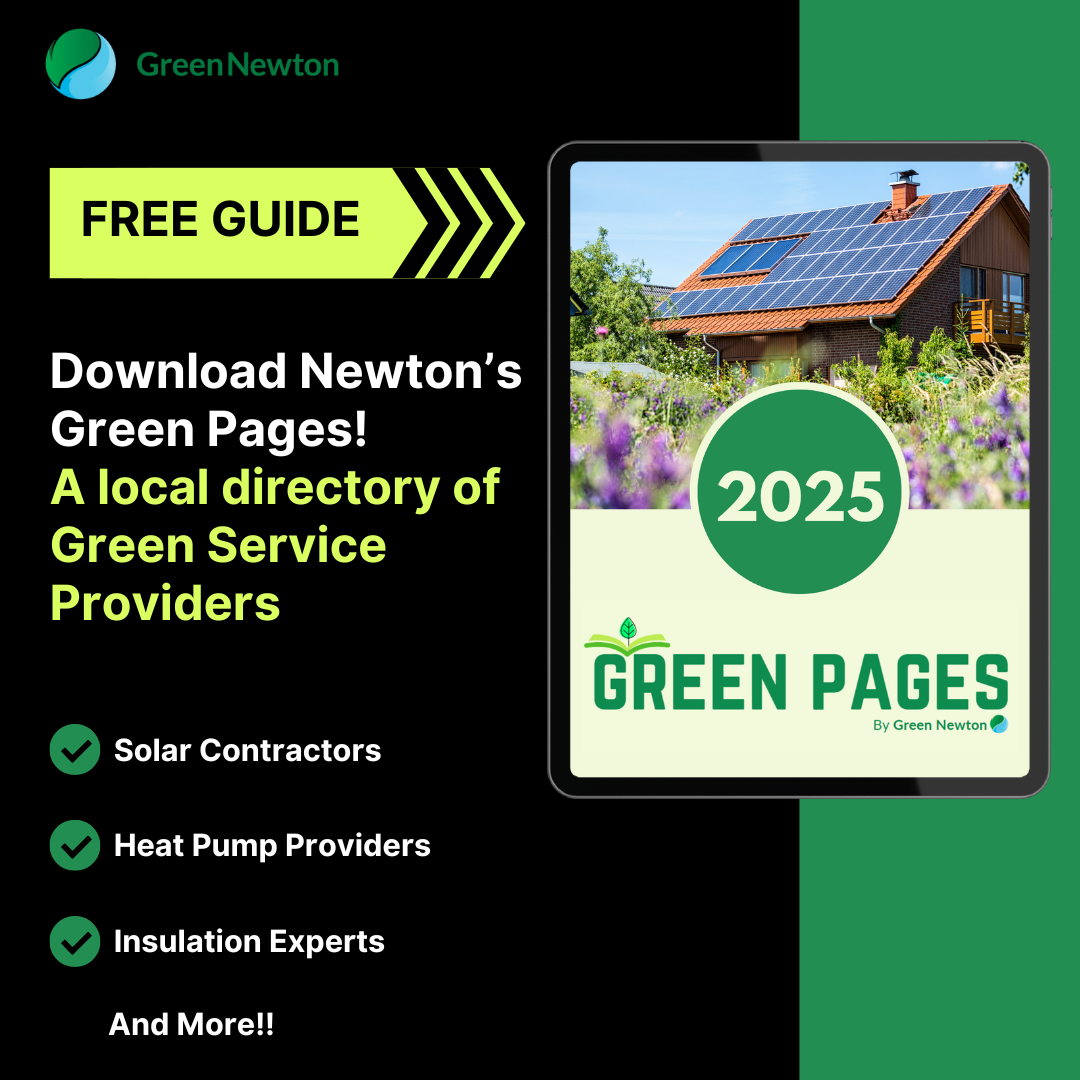You can improve your gas mileage by 0.6% on average—up to 3% in some cases—by keeping your tires inflated to the proper pressure. Under-inflated tires can lower gas mileage by about 0.2% for every 1 psi drop in the average pressure of all tires. Properly inflated tires are safer and last longer.2
The proper tire pressure for your vehicle is usually found on a sticker in the driver’s side door jamb or the glove box and in your owner’s manual. Do not use the maximum pressure printed on the tire’s sidewall.
Note: Cost savings are based on an assumed fuel price of $2.30/gallon.
- Estimates for fuel savings from vehicle maintenance and using the recommended grade of motor oil based on Energy and Environmental Analysis, Inc., Owner Related Fuel Economy Improvements
 , Arlington, Virginia, 2001.
, Arlington, Virginia, 2001. - Revised June 27, 2016. Estimates for fuel economy improvement from properly inflating tires assume a vehicle with an average under-inflation rate of 10% across all tires (25% for worst-case tire inflation scenarios). The rolling resistance sensitivity to tire pressure and the return factor (the ratio of the percentage improvement in fuel economy to a percentage reduction in rolling resistance) are taken from The Pneumatic Tire (NHTSA 2006).
- NHTSA. 2012. Evaluation of the Effectiveness Of TPMS in Proper Tire Pressure Maintenance.
 Figure 8, p. 28.
Figure 8, p. 28. - NHTSA. 2006. The Pneumatic Tire.
 DOT HS 810 561. Chapter 12, Rolling Resistance, pp. 475-532.
DOT HS 810 561. Chapter 12, Rolling Resistance, pp. 475-532.
- NHTSA. 2012. Evaluation of the Effectiveness Of TPMS in Proper Tire Pressure Maintenance.


Recently on Twitter